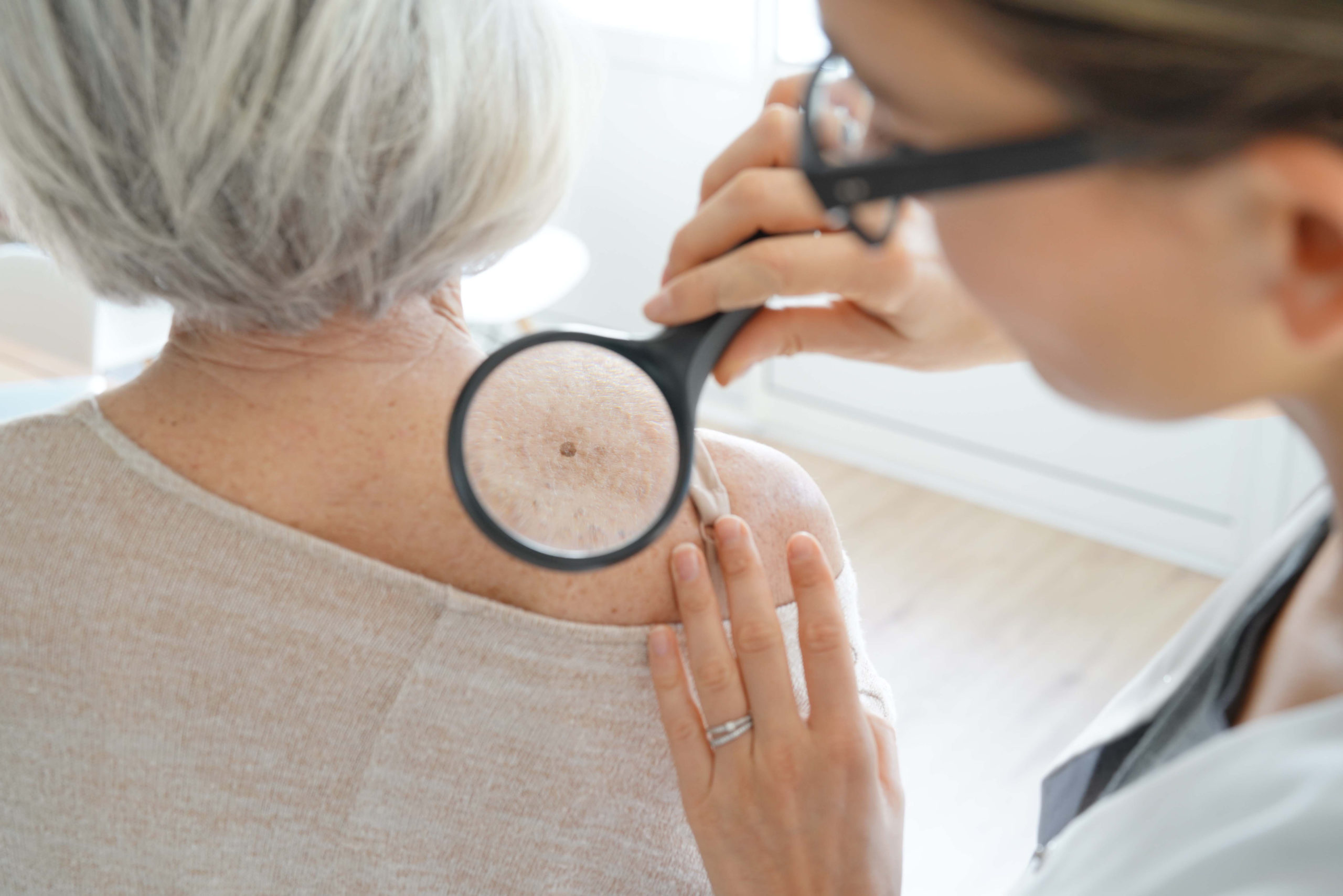
Sunburns range from mild redness to severe blistering that requires medical intervention. While most cases can be managed at home, certain circumstances warrant professional dermatological care. Dermatologists provide specialized care for sunburn complications and can prevent long-term skin damage. Understanding when to seek treatment and what to expect can help you make informed decisions about your skin health.
What Is a Dermatologist?
A dermatologist is a medical doctor who specializes in diagnosing and treating conditions affecting the skin, hair, and nails. These physicians treat a wide range of skin conditions, from common issues such as acne and eczema to more complex disorders and skin cancers. They possess specialized knowledge about skin anatomy, physiology, and pathology. Their expertise encompasses understanding how environmental factors, including sun exposure, impact skin health and the healing process.
What Services Do They Provide?
Dermatologists offer a comprehensive range of services to care for and promote skin health. They specialize in diagnosing and treating skin conditions such as acne, eczema, psoriasis, and rosacea, providing personalized treatment plans tailored to each individual’s needs. Dermatologists also offer cosmetic services, including treatments for wrinkles, age spots, and scarring, as well as procedures such as chemical peels, laser therapy, and microneedling to enhance the appearance and texture of the skin.
These professionals focus on prevention and long-term skin health. They offer regular skin cancer screenings to detect early signs of melanoma and other skin cancers, as well as guidance on sun protection and skincare routines. Advanced services, including mole removal and allergy testing, are also available to address specific concerns. Whether for medical, cosmetic, or preventive care, dermatologists play a key role in maintaining healthy skin.
What Is a Sunburn?
Sunburn occurs when ultraviolet radiation from the sun damages skin cells, triggering an inflammatory response in the skin. The skin becomes red, painful, and warm to the touch as blood vessels dilate to increase healing circulation. Mild sunburns typically affect only the outer layer of skin, known as the epidermis.
More severe sunburns can penetrate deeper layers, causing blistering and significant tissue damage. The body’s natural response includes releasing inflammatory chemicals that cause pain, swelling, and the characteristic red appearance. Sun exposure intensity, duration, skin type, and geographic location all influence sunburn severity. People with fair skin, light eyes, and blonde or red hair are at higher risk for severe burns and complications.
What Does Treatment and Aftercare Involve?
Professional sunburn treatment begins with a thorough assessment of burn severity and affected areas. Dermatologists may clean and dress blistered areas using sterile techniques to prevent infection. They may also prescribe topical antibiotics for open wounds and anti-inflammatory medications to reduce swelling and pain.
Treatment protocols may include specialized cooling techniques, prescription moisturizers, and pain management strategies. For extensive burns, dermatologists may recommend specific bathing instructions and provide medical-grade dressings for proper wound care. They also monitor for signs of dehydration and systemic complications.
Aftercare instructions typically include avoiding further sun exposure, staying hydrated, and following specific skin care routines. Dermatologists may schedule follow-up appointments to monitor healing progress and watch for complications. They provide guidance on when to resume normal activities and sun exposure practices.
Treat Your Sunburn Now
Seeking professional dermatological care for severe sunburns can prevent complications and promote healing. Dermatologists offer specialized treatments that go beyond home remedies, addressing both immediate symptoms and long-term concerns for skin health. If you experience severe pain, extensive blistering, fever, or signs of infection following sun exposure, contact a dermatologist promptly. Early professional intervention can improve outcomes and reduce the risk of permanent skin damage.




